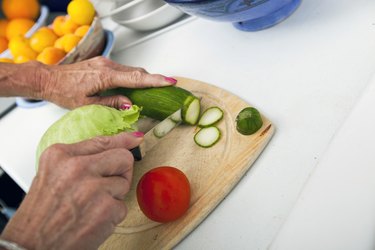
If you do not have teeth, you may find it difficult to eat certain foods, but you still have nutritious options. You can enjoy many of the same foods you ate before by preparing them in new ways. Your body still needs the same nutrients, so eat a variety of soft foods to maintain good health.
Fruits
Video of the Day
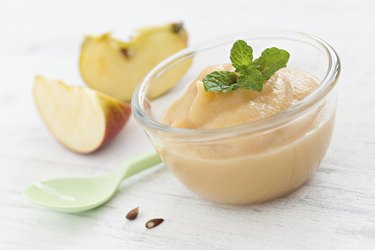
Enjoy the nutritional benefits of your favorite fruits by purchasing pureed versions or by pureeing them yourself. Applesauce is readily available and supplies many of the same nutrients as a whole apple. Look for other pureed fruits, such as pears and peaches in your local supermarket. Mash soft fruits, such as bananas, well enough that they do not need to be chewed. J. Randy Wilson, author of "The I-Can't-Chew Cookbook," suggests combining your favorite fruits, such as berries and bananas or limes and strawberries, to make smoothies or shakes that are easy to swallow and nutritious.
Video of the Day
Vegetables
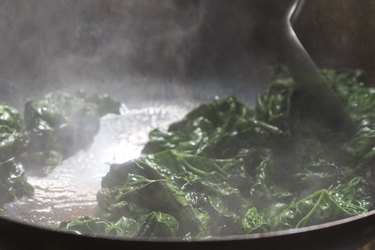
Well-cooked vegetables are soft enough to eat without teeth, and steaming them helps retain the bulk of their nutrients so you can still take advantage of what they have to offer. Steam your favorite vegetables until they are very soft and then mash or puree them until they are smooth. Whisk pureed vegetables with low-fat cream or milk and your favorite spices to create healthy soups. Boost your protein intake by combining pureed fish, meat or beans with vegetables in soups, suggests Wilson.
Grains
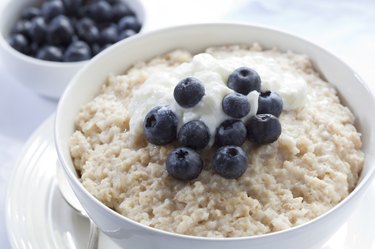
Hot cereals, such as oatmeal or farina, are easy to consume and provide you with a healthy dose of nutrients. Whisk in warm milk, pureed fruit and a dash of cinnamon for added taste. Pureed noodles can also be part of your diet. Enhance them with pureed vegetables for added nutrition. Combine cooked rice with pureed vegetables, such as carrots or squash, for a slightly different taste.
Protein Foods
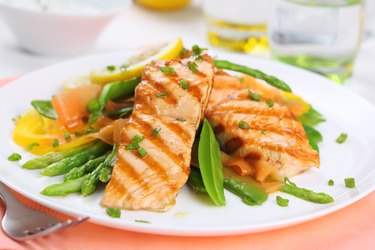
Puree your favorite meats and fish to take advantage of the protein and other nutrients they supply. Sandra Woodruff and Leah Gilbert-Henderson, authors of "Soft Foods for Easier Eating Cookbook," suggest pureeing salmon with salt, pepper, lemon juice and reduced-fat cream cheese to make a nutritious and tasty salmon mousse. Substitute your favorite fish for a similar meal. Add pureed meat, such as beef or chicken, to soup recipes or combine them with soft pasta or rice. Other soft protein foods include scrambled eggs, low-fat milk, cottage cheese, yogurt and pudding